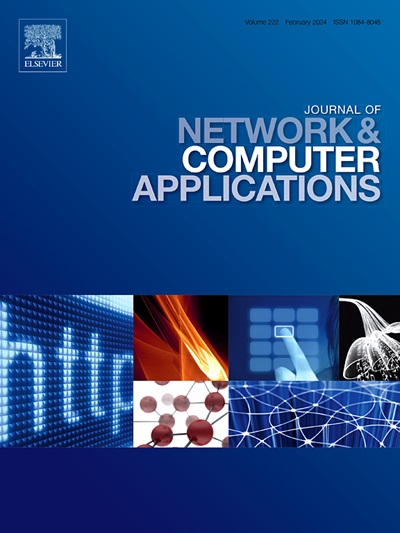使用生成对抗网络的移动群体感知中基于中毒行为的工人选择
IF 8
2区 计算机科学
Q1 COMPUTER SCIENCE, HARDWARE & ARCHITECTURE
引用次数: 0
摘要
随着人工智能(AI)的广泛采用,基于AI的工具和组件在当今的解决方案中无处不在。然而,当涉及对抗性攻击时,这些组件和工具构成了重大威胁。移动群体感知(MCS)是一种感知范式,它利用工人的集体参与和他们的智能设备来收集数据。在选择阶段面临的关键挑战之一是确保由于工人的不同行为而完成任务。通过为每个员工建立独特的模型来预测他们的行为,人工智能已经被用来应对这一挑战。然而,将人工智能集成到系统中会引入漏洞,恶意的内部人员可以利用这些漏洞来减少受害者工人获得的收入。这项工作提出了一种针对MCS中基于行为的选择模型的对抗性攻击。提出的攻击利用生成式对抗网络(GANs)来生成中毒点,这些中毒点可以在训练阶段误导模型而不被发现。通过这种方式,可以预测gan对MCS中工人选择的潜在损害。使用真实数据集的仿真结果表明,与基准相比,所提出的攻击在损害受害者工人模型和逃避异常值检测器检测方面是有效的。此外,攻击对减少受害者工人获得的报酬的影响进行了评估。本文章由计算机程序翻译,如有差异,请以英文原文为准。
Poisoning behavioral-based worker selection in mobile crowdsensing using generative adversarial networks
With the widespread adoption of Artificial intelligence (AI), AI-based tools and components are becoming omnipresent in today’s solutions. However, these components and tools are posing a significant threat when it comes to adversarial attacks. Mobile Crowdsensing (MCS) is a sensing paradigm that leverages the collective participation of workers and their smart devices to collect data. One of the key challenges faced at the selection stage is ensuring task completion due to workers’ varying behavior. AI has been utilized to tackle this challenge by building unique models for each worker to predict their behavior. However, the integration of AI into the system introduces vulnerabilities that can be exploited by malicious insiders to reduce the revenue obtained by victim workers. This work proposes an adversarial attack targeting behavioral-based selection models in MCS. The proposed attack leverages Generative Adversarial Networks (GANs) to generate poisoning points that can mislead the models during the training stage without being detected. This way, the potential damage introduced by GANs on worker selection in MCS can be anticipated. Simulation results using a real-life dataset show the effectiveness of the proposed attack in compromising the victim workers’ model and evading detection by an outlier detector, compared to a benchmark. In addition, the impact of the attack on reducing the payment obtained by victim workers is evaluated.
求助全文
通过发布文献求助,成功后即可免费获取论文全文。
去求助
来源期刊

Journal of Network and Computer Applications
工程技术-计算机:跨学科应用
CiteScore
21.50
自引率
3.40%
发文量
142
审稿时长
37 days
期刊介绍:
The Journal of Network and Computer Applications welcomes research contributions, surveys, and notes in all areas relating to computer networks and applications thereof. Sample topics include new design techniques, interesting or novel applications, components or standards; computer networks with tools such as WWW; emerging standards for internet protocols; Wireless networks; Mobile Computing; emerging computing models such as cloud computing, grid computing; applications of networked systems for remote collaboration and telemedicine, etc. The journal is abstracted and indexed in Scopus, Engineering Index, Web of Science, Science Citation Index Expanded and INSPEC.
 求助内容:
求助内容: 应助结果提醒方式:
应助结果提醒方式:


